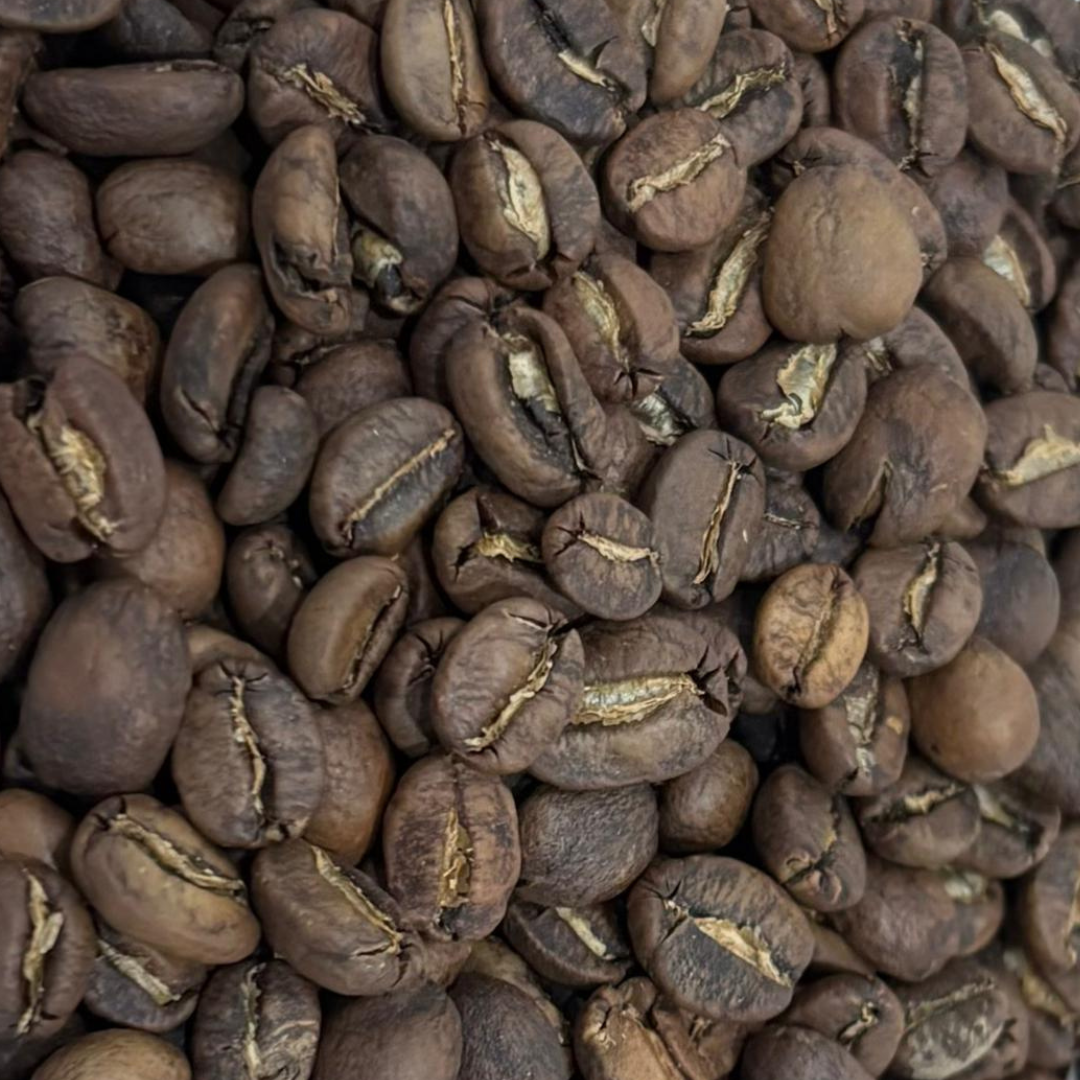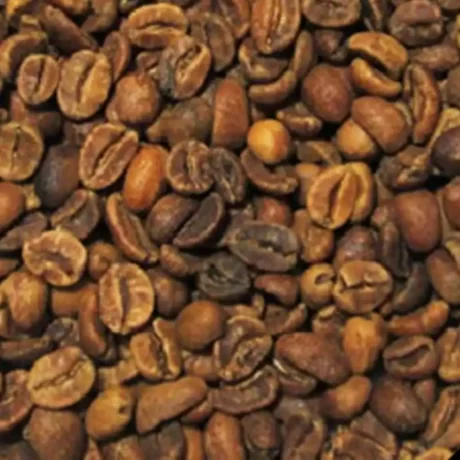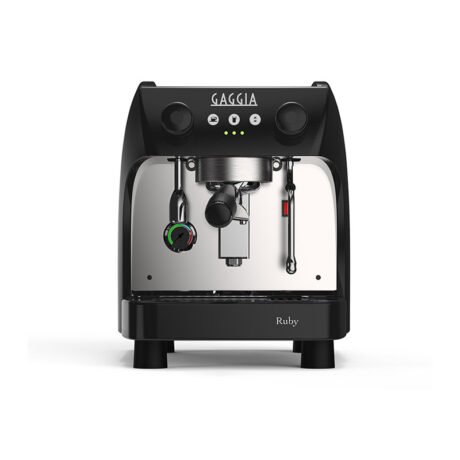Generally, it’s a blend of Arabica and Robusta that is roasted Medium-dark to dark for Classic Italian Espresso. This results in a strong body, low acidity, with a thick crema and notes of chocolate, nuts, or caramel.
The coffee beans for espresso are not entirely different from regular coffee beans used in other brewing methods. When it comes to espresso, many people think there must be a “special” type of coffee bean labeled just for it. No, it’s not. What makes them unique is how they are chosen, roasted, and blended to suit the intensity and balance that espresso demands.
Espresso is flexible it can be brewed from many types of beans:
- Single-origin Arabica, for bright acidity and complex flavors.
- Single-origin Robusta, for a strong body, earthy notes, and rich crema.
- Blends of Arabica and Robusta, balancing sweetness, body, and crema.
- 100% Arabica blends, for smooth and nuanced taste.
- 100% Robusta blends, for bold, strong, and high-caffeine shots.
In other words, the “best” espresso beans don’t come from a specific label, but rather from what kind of espresso taste you want to create.
Understanding Espresso Coffee Beans
What makes espresso different from other brewing methods is the process: hot water is forced through finely ground coffee under high pressure, usually around 9 bars. This short extraction time, about 25 to 30 seconds, means the beans must be able to deliver a concentrated flavor, a balance of body, aroma, and sweetness, along with the signature crema on top.
Because of this, espresso coffee beans are usually roasted and selected with more care compared to beans for filter coffee or drip. A lighter roast that works beautifully in a pour-over might taste too acidic or sharp in espresso. On the other hand, a slightly darker roast brings out chocolatey, nutty, or caramel flavors that work perfectly under pressure.
Key things that make a coffee bean suitable for espresso:
- Crema: Robusta beans or blends help create that thick golden crema.
- Body: Espresso needs a fuller mouthfeel, often achieved with medium to dark roasts.
- Balance: Too much acidity can feel sour, while too much bitterness can overwhelm; the right bean choice smooths this out.
So while any coffee bean can technically be brewed as espresso, the best results come from beans chosen with espresso in mind.
Types of Espresso & Coffee Beans Used
Espresso doesn’t come in just one style. Depending on the beans and roast level, you can create different types of espresso with unique taste experiences. Here are some of the most common:
- Classic Italian Espresso (Generally used)
- Single-Origin Espresso
- Beans used: Either 100% Arabica or 100% Robusta from one region.
- Roast level: Medium to dark for balance.
- Taste goals: To showcase unique flavors of origin, fruity, floral, spicy, or earthy, depending on the terroir.
- Modern Specialty Espresso
- Beans used: Often 100% Arabica, sometimes experimental varietals.
- Roast level: Light to medium.
- Taste goals: Bright, complex, and layered flavors, more acidity, often highlighting fruit or floral notes.
- Robusta-Heavy Espresso
- Beans used: Mostly Robusta or Robusta-forward blends.
- Roast level: Medium-dark.
- Taste goals: Extra crema, high caffeine, bold bitterness, earthy or woody flavor notes.
As you can see, coffee bean espresso can be as simple or as adventurous as you want. The type of bean and roasting choice shape what ends up in your cup.
Roast Levels for Espresso and Taste Goals
The roast level of your beans has a huge impact on the taste of espresso. Since espresso is brewed under pressure, every roast behaves differently, bringing out certain flavors while muting others. Here’s how it works:
- Light Roast Espresso
- Flavor profile: Bright acidity, fruity, floral, sometimes tea-like.
- Beans that suit: Single-origin Arabica beans because they naturally carry fruity or floral notes. Robusta generally doesn’t work well here.
- Best for: Specialty-style espresso shots where complexity is highlighted.
- Taste goals: To showcase the origin’s natural flavors, though it may taste too sharp for those used to traditional espresso.
- Medium Roast Espresso
- Flavor profile: Balanced acidity and sweetness, notes of chocolate, nuts, and mild fruit.
- Beans that suit: Arabica–Robusta blends (to balance body and crema) or 100% Arabica for a smoother cup.
- Best for: Versatile use, works well both as a straight shot and in milk drinks.
- Taste goals: A middle ground between bright flavors and smooth body.
- Dark Roast Espresso (Espresso Roast)
- Flavor profile: Bold, rich, low acidity, heavy body, smoky or caramelized notes.
- Beans that suit: Robusta-heavy blends or 100% Robusta blends for crema and intensity, or classic Arabica blends (like Italian-style) for deep chocolate and nutty notes.
- Best for: Traditional Italian-style espresso and milk-based drinks like lattes and cappuccinos.
- Taste goals: To create a classic, strong espresso taste, with chocolatey or nutty depth.
This is why you’ll often see bags labeled as espresso roast coffee beans. It doesn’t mean they’re grown differently; it simply means the beans are roasted to bring out a flavor profile that suits espresso brewing.
Choosing the Best Espresso Beans Coffee
Now that you know the different types of espresso and roast levels, the next step is choosing the right beans for your taste and brewing style. The “best” option depends on what kind of espresso experience you’re looking for.
- For a smooth, sweet espresso: Go with 100% Arabica beans at a medium roast. They bring out chocolate, nutty, and caramel notes that are easy to enjoy.
- For a bold and strong shot: Try a Robusta-heavy blend at a dark roast. You’ll get higher caffeine, thicker crema, and intense earthy or smoky flavors.
- For a bright and complex taste: Choose a single-origin Arabica roasted light to medium. Perfect if you enjoy fruity, floral, or citrus notes.
- For milk-based drinks (lattes, cappuccinos, flat whites): A medium to dark roast blend of Arabica and Robusta works best. The Robusta adds crema and body, while Arabica contributes sweetness and aroma.
One more thing to consider is freshness. Buying whole bean espresso coffee is always better than pre-ground because you can grind it just before brewing, keeping aroma and flavor at their peak. Pre-ground beans lose freshness quickly, which can result in flat or bitter espresso.
Special espresso coffee beans blend
Beans Specifications
- Origin: Diverse Indonesian regions (e.g., Aceh Gayo, Mandheling, Java for Arabica; Sumatra, Lampung for Robusta)
- Bean Type: Blend of Arabica and Robusta Green Coffee Beans (specific ratio can be customized or provided upon request. By default 70% (Arabica): 30% (Robusta))
- Roast Level: Medium To Dark Roast
- Screen Size: 14-19
- Aroma: Rich, chocolatey, nutty with hints of spice and a robust coffee foundation
- Flavor Profile: Full-bodied, well-balanced, with a bold character. Notes of dark chocolate, toasted nuts, and a pleasant, lingering finish. Lower acidity with a strong crema.
- Acidity: Low to Medium
- Body: Full, rich, and creamy
Conclusion
There isn’t a single “perfect” bean for espresso; it all depends on what you want in your cup. Some coffee lovers prefer the smoothness of 100% Arabica, while others enjoy the strength and crema that Robusta brings. You can explore single origins for unique flavors, or blends for balance and consistency.
The roast level also plays a big role: light roasts highlight fruity complexity, medium roasts strike a balance, and dark espresso roast coffee beans deliver the classic bold flavor many espresso drinkers love.
What matters most is experimenting with different espresso coffee beans until you find the taste that fits your style. Try grinding fresh, tasting various blends, and adjusting your roast preferences; the journey itself is part of enjoying great espresso.






